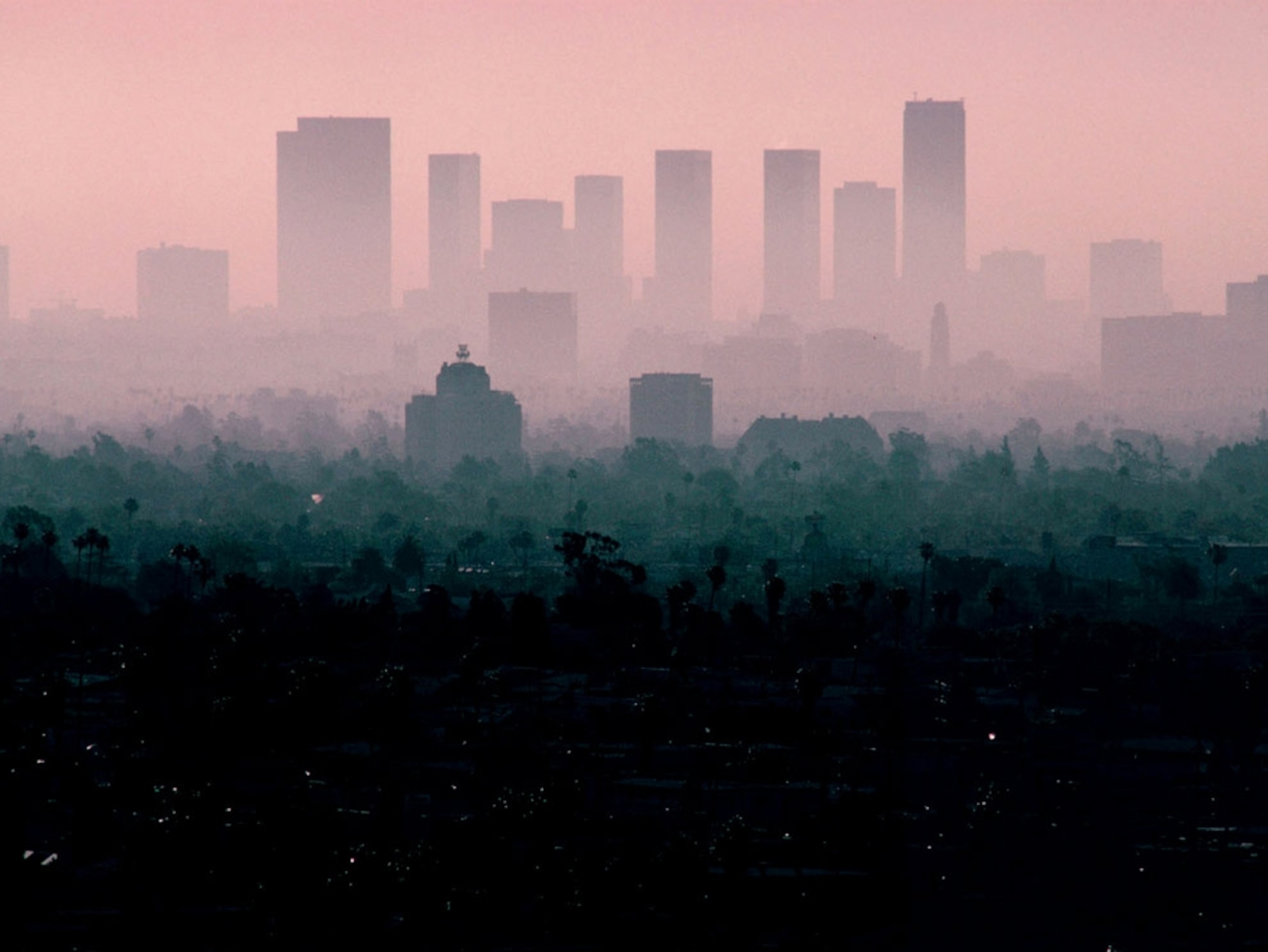
Toxic waste, explained
Hazardous waste has many sources, and a long history of dangerous pollution. Here's what you need to know.
Hazardous, or toxic, waste is the potentially dangerous byproduct of a wide range of activities, including manufacturing, farming, water treatment systems, construction, automotive garages, laboratories, hospitals, and other industries. The waste may be liquid, solid, or sludge and contain chemicals, heavy metals, radiation, pathogens, or other materials. Even households generate hazardous waste, from items such as batteries, used computer equipment, and leftover paints or pesticides.
Toxic waste can harm people, animals, and plants, whether it ends up in the ground, in streams, or even in the air. Some toxins, such as mercury and lead, persist in the environment for many years and accumulate over time. Humans or wildlife often absorb these toxic substances when they eat fish or other prey.
In the past, many hazardous wastes were only loosely regulated, allowing substantial contamination of communities and the environment. In the U.S., toxic waste has been overseen by the federal Environmental Protection Agency (EPA) since 1976, as well as state departments of environmental protection. The EPA now requires that hazardous waste be handled with special precautions and be disposed of in designated facilities. Many towns have special collection days for household hazardous waste.
Toxic waste in practice
A common hazardous waste facility is one that stores the material in sealed containers in the ground. Less toxic waste that is unlikely to migrate, like soil containing lead, is sometimes allowed to remain in place and then sealed with a cap of hard clay. Communities may eventually decide to use these sites for golf courses or parks, or to label them “brownfields” sites, suitable for commercial or industrial uses.
Violations of the law, like dumping untreated hazardous waste on the ground or in town landfills to avoid paying the fees charged by designated waste facilities, may result in hefty fines or even jail time.
Many toxic waste dumps that still pose a threat to communities are holdovers from the era prior to 1976. Other waste sites are the result of more recent illegal dumping.
Toxic waste regulations
The U.S. federal Resource Conservation and Recovery Act regulates how hazardous waste must be handled and stored. Yet some community activists and environmentalists have long complained about what they view as lax enforcement of hazardous waste regulations, both by the federal and state governments.
In particular, many groups have accused governments and corporations of environmental racism when it comes to toxic waste. They point out that a disproportionate number of toxic waste sites tend to be located in or near low-income and communities of color, in part because such communities often have fewer resources to oppose such activities.
At the same time, many corporations argue that regulations on hazardous wastes are too strict, and they often lobby Congress to soften or remove certain restrictions.
One EPA rule that has proved controversial governs handling of sludge—including sewer sludge—generated by some water treatment and industrial processes. The EPA allows certain waste sludges—often called biosolids—to be used in fertilizers that are used by farmers on food crops or sold directly to the public. The agency allows sludges that contain toxic materials to be used, as long as the concentrations of heavy metals, pathogens, or other harmful substances don’t exceed legal thresholds.






Industry groups, and the government, say use of the material is safe. Yet some environmental and health organizations have criticized the practice, saying it could cause harm by introducing dangerous substances over time. One study found neighbors were sickened after sludge applied to a farm field blew over their homes.
Cleaning up hazardous waste
In order to help clean up historic toxic waste sites, Congress passed the Superfund Act in 1980 (0fficially called the Comprehensive Environmental Response, Compensation and Liability Act or CERCLA).
At first, Congress collected a tax on chemical and petroleum industries to create a trust fund (the Superfund) for cleaning up abandoned and uncontrolled hazardous waste sites. That tax wasn’t renewed after 1990, however. And while responsible parties can be forced to pay for cleanup of hazardous waste, in recent years most Superfund work has been funded out of the general treasury. Hundreds of sites have so far seen remediation actions, while hundreds more are waiting on the list and dozens more have been proposed.
Hazardous waste clean-up is a multi-step process, which starts with site visits and reviews to determine if the area threatens human health or the environment. Once confirmed, the site is listed on the National Priorities List as one of the nation’s worst hazardous waste locations. It is then further investigated and characterized based on the type of contaminants identified and the estimated cost of clean-up (which can run into tens of millions and take decades).
From there, a clean-up plan is developed, and work begins. Environmental engineers use a variety of techniques to remediate sites, including removing barrels, tanks, or soil for safe disposal; lining and capping pits; installing drainage systems; and seeding beneficial plants or bacteria to absorb or breakdown toxic materials. Once the work is complete, monitoring and scheduled reviews are conducted to ensure that the area remains safe.
Eventually, the site can be considered for reuse. (See how close you live to a Superfund site.)
The Superfund program was launched in response to a series of high-profile toxic waste cases in the 1970s. These included the discovery of tons of hazardous waste dumped below a school and suburban neighborhood at upstate New York’s Love Canal and a dumping ground in northern Kentucky dubbed “the Valley of the Drums.”
Related Topics
You May Also Like
Go Further
Animals
- How can we protect grizzlies from their biggest threat—trains?How can we protect grizzlies from their biggest threat—trains?
- This ‘saber-toothed’ salmon wasn’t quite what we thoughtThis ‘saber-toothed’ salmon wasn’t quite what we thought
- Why this rhino-zebra friendship makes perfect senseWhy this rhino-zebra friendship makes perfect sense
- When did bioluminescence evolve? It’s older than we thought.When did bioluminescence evolve? It’s older than we thought.
- Soy, skim … spider. Are any of these technically milk?Soy, skim … spider. Are any of these technically milk?
Environment
- Are the Great Lakes the key to solving America’s emissions conundrum?Are the Great Lakes the key to solving America’s emissions conundrum?
- The world’s historic sites face climate change. Can Petra lead the way?The world’s historic sites face climate change. Can Petra lead the way?
- This pristine piece of the Amazon shows nature’s resilienceThis pristine piece of the Amazon shows nature’s resilience
- Listen to 30 years of climate change transformed into haunting musicListen to 30 years of climate change transformed into haunting music
History & Culture
- Meet the original members of the tortured poets departmentMeet the original members of the tortured poets department
- Séances at the White House? Why these first ladies turned to the occultSéances at the White House? Why these first ladies turned to the occult
- Gambling is everywhere now. When is that a problem?Gambling is everywhere now. When is that a problem?
- Beauty is pain—at least it was in 17th-century SpainBeauty is pain—at least it was in 17th-century Spain
Science
- Here's how astronomers found one of the rarest phenomenons in spaceHere's how astronomers found one of the rarest phenomenons in space
- Not an extrovert or introvert? There’s a word for that.Not an extrovert or introvert? There’s a word for that.
- NASA has a plan to clean up space junk—but is going green enough?NASA has a plan to clean up space junk—but is going green enough?
- Soy, skim … spider. Are any of these technically milk?Soy, skim … spider. Are any of these technically milk?
Travel
- How to see Mexico's Baja California beyond the beachesHow to see Mexico's Baja California beyond the beaches
- Could Mexico's Chepe Express be the ultimate slow rail adventure?Could Mexico's Chepe Express be the ultimate slow rail adventure?







